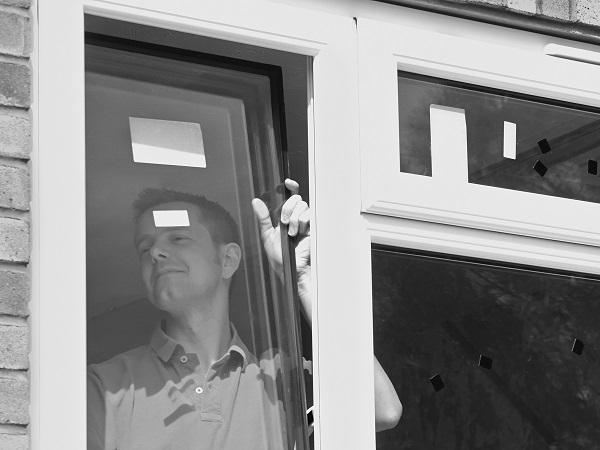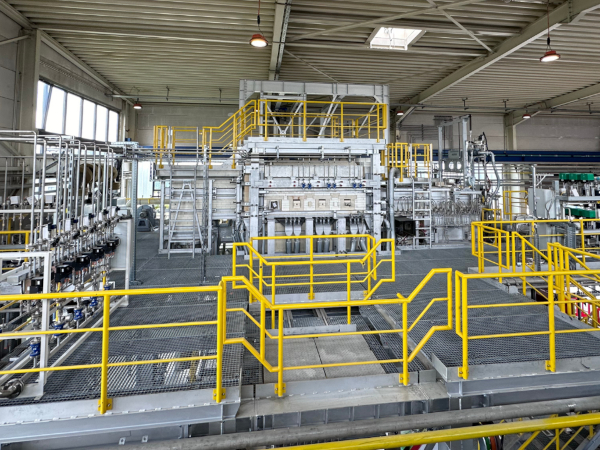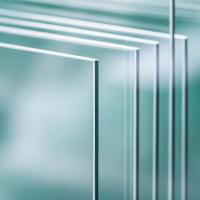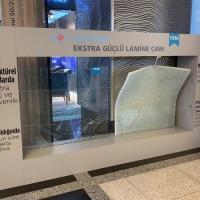
Date: 4 April 2022
In the position paper released today and in its answer to the public consultation, the European association of flat glass manufacturers and transformers calls on the European Parliament and the Council to realize the full potential of glazing in buildings by making the EPBD fit for 2030.
Flat glass products are indispensable for achieving the EU’s climate-neutrality objective. The text proposed by the European Commission currently under review has the merits of translating the Renovation Wave pledges in operation policy measures and objectives. Yes, the proposal is future-proof and in line with carbon reduction targets when it comes to the provisions for new buildings, but more is needed to boost renovation and achieve a Zero Emissions building stock by 2050.
To materialize, the Renovation Wave needs a well-designed EPBD :
- High-level of ambition in building renovation requires actions on the ground. The EPBD should include measures for building capacity of local administrators, supporting jobs creation and upskilling of workers in the construction sector, and facilitating the access to building permits.
- National building renovation plans should include mandatory minimum annual renovation rate of at least 3% per year and include plans for the phasing-out of inefficient building components such as single glazing and early uncoated double glazing.
- Minimum energy performance standards should be aligned to higher performance standards and anchored to the Energy Efficiency First principle. They should encourage deep renovation to ensure long-lasting CO2 and energy savings and prevent works carried with minimal energy-efficiency considerations.
 600450
600450




















Add new comment